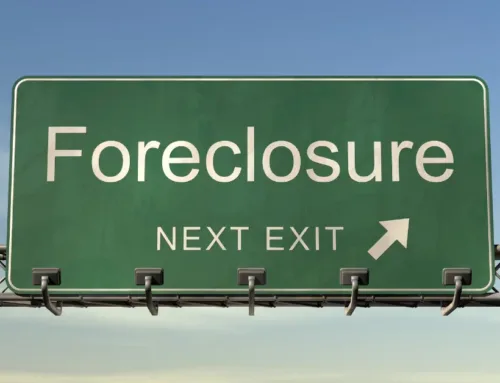Purchasing property is a significant financial investment. Whether it’s a home or a commercial property, there are always some risks involved. One of those risks involves real estate title liens. The seller of the property must have a clean and clear title for the property before it can be legally sold. If a buyer purchases a property, but finds out that there is a lien on the property or that someone else has legal ownership of the property, it can mean significant financial losses.
But this risk can be reduced or eliminated with a thorough title search. The title search process involves reviewing ownership records to ensure that there is an uninterrupted chain of title for the property. This means that each transfer of ownership of the property is clearly recorded with no missing information or gaps in dates. A title search will also uncover any liens on the property, such as bank liens from lack of payment or foreclosure.
A title report is the results of the title search compiled in a single document. Before you purchase a property, it is important to carefully review the title report. Here’s a guide on how to read a title report and find liens on a property.
Look for Encumbrances
An encumbrance occurs when any party other than the owner has a legal right to the property. Some examples of encumbrances that would appear on the title report would be:
- Liens. A lien is a financial claim to a property due to a debt owned by a previous owner. If a previous owner failed to make mortgage payments resulting in a foreclosure, the lender will place a lien on the property in order to recoup their financial losses.
- Covenants, Conditions, and Restrictions. These often come in the form of regulations established by homeowners associations. A housing development or neighborhood with an HOA can establish certain covenants, conditions, and restrictions on how the home and land can be used and maintained. When purchasing a property in a neighborhood with an HOA, the buyer is obligated to uphold the CC&Rs attached to the property. Unpaid homeowners association dues can result in a lien on the property.
- Easements. This refers to situations where another party has the right to use the property for a specific purpose. A common type of easement is a shared driveway or private road between two or more neighbors. Utility easements are common where a utility company has the right to work on their lines that cross through the property, such as power, cable, or gas lines. Such utilities are obligated to restore your property after performing work (such as planting grass where they may have dug into the ground).
Any interruption in the chain of title or possible encumbrance could be a problem for the seller, buyer, or both during a real estate transaction. Title insurance can be purchased to help ease the financial burden if an encumbrance were to be discovered on a title report.
Why You Should Have a Lawyer Review the Title Report
If you’re not sure how to read a title report to find liens on a property, get help from a real estate attorney. It can be difficult to determine if there is a lien on the property or another type of encumbrance when you don’t have experience with title searches and title reports. Real estate lawyers have the ability to interpret title reports and the complex details they contain to help both buyers and sellers avoid mishaps during a real estate transaction.
Need Help With a Title Report? Contact Kelly Legal Group
Kelly Legal Group can help with real estate transactions on behalf of both buyers and sellers. We will thoroughly review your title report and even conduct our own title search if necessary to ensure that a property title is free and clear.
Call (512) 505-0053 today to schedule a consultation or request an appointment. We look forward to helping you protect your rights in real estate transactions.






